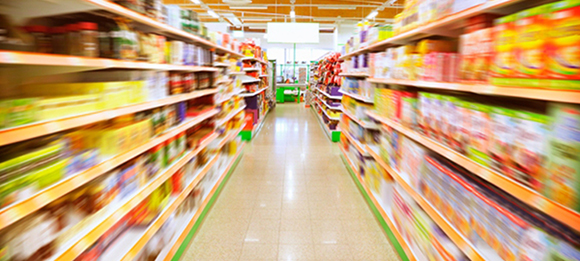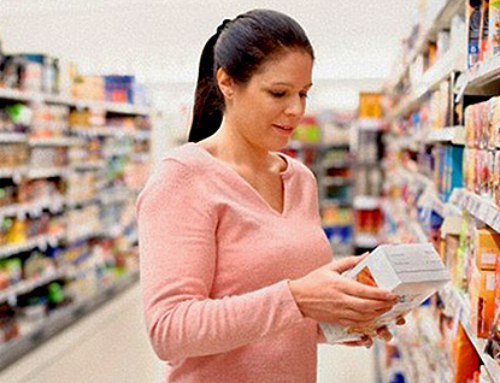Significant changes in consumer demographics, eating habits, and lifestyles are creating opportunities for food and beverage marketers through creative new packaging. Packaged Facts recently released report “Food and Beverage Packaging Innovation in the US: Consumer Perspectives” reveals seismic shifts in population distribution with fewer married households and more single individual households, as well as smaller overall household size, and multi-generational households. As a result, household dynamics and eating patterns are changing, many households now have multi-shoppers, more meals are being consumed alone, and there is more frequent snacking.
Food marketers can capitalize on these shifts by offering more products with targeted packaging. Here are the five key trends identified by Packaged Facts that are driving innovation in food and beverage packaging:
Millennials: This is the largest growing demographic group and on the surface may appear to be a very broad target. However, several studies have highlighted trends that separate this consumer group from others. In numerous studies, millennials have expressed a preference for fresh, less processed foods as evidenced by their preference for fast-casual restaurants that serve freshly prepared items. They also more frequently shop store perimeters for fresh, non-processed food items.
Smaller package options: With shrinking household size, one- and two-person households now represent over 60% of all US households, there is a burgeoning demand for single-serve and two-serving packaging. Meals for two, multi-packs of single-serve portions, and resealable packaging along with smaller retail formats are driving this trend.
Convenience packaging: Convenience in packaging is a strong determinant in product selection by consumers. Packaging that features easy opening and closing, portability, no-mess dispensing, and lighter weight packaging materials all present opportunities for brand owners to distinguish themselves among their competitors.
Product visibility: Consumers have expressed an overwhelming desire for see-through packaging or packaging with windows. Packaging transparency, visually and figuratively, responds to consumer preferences to see the products they are purchasing as well as understanding how their food and beverages are produced. Savvy brands are transparent in their disclosures of ingredients, sourcing, and business practices, and consumers are rewarding them with trust and brand loyalty.
Eco-responsible packaging: Consumers, particularly millennials, are becoming more responsible personally about their environmental footprint and the waste they generate through food and beverage packaging. The single-serve bottled water as well as the single-cup/pod brew product categories have been somewhat punished by consumers because of the packaging waste these products generate. Consumers are actively looking for products with more sustainable packaging and recyclable packaging materials.






